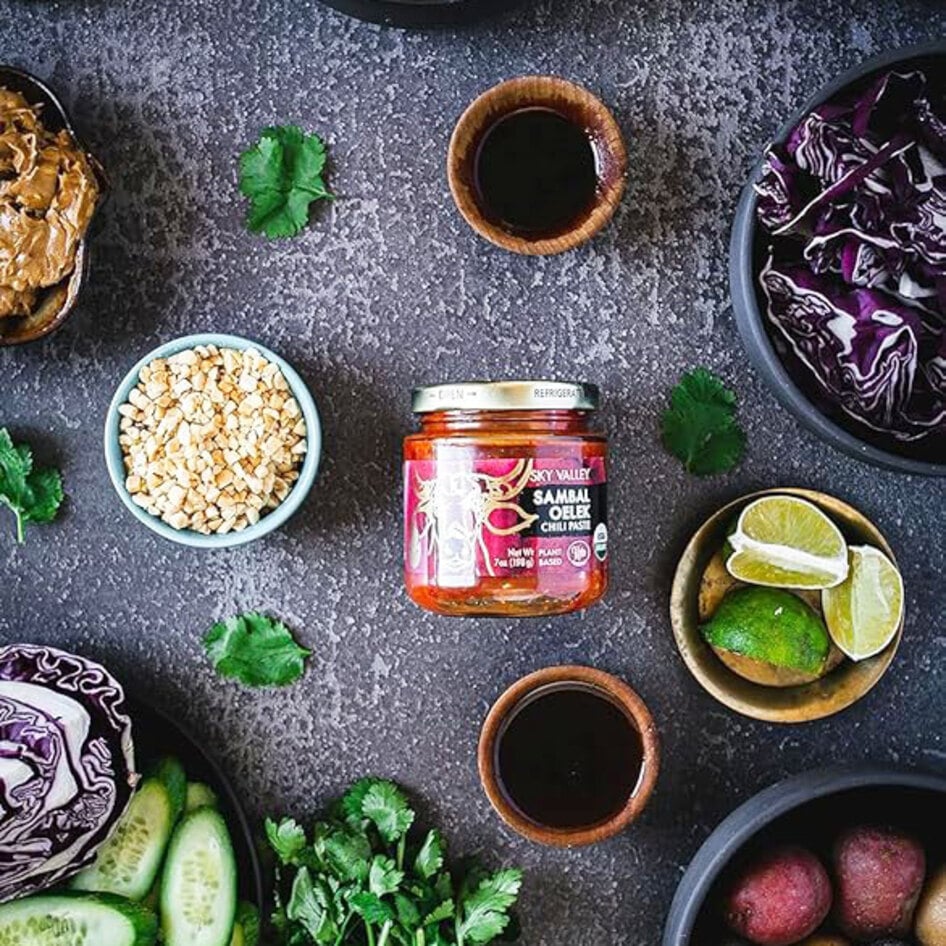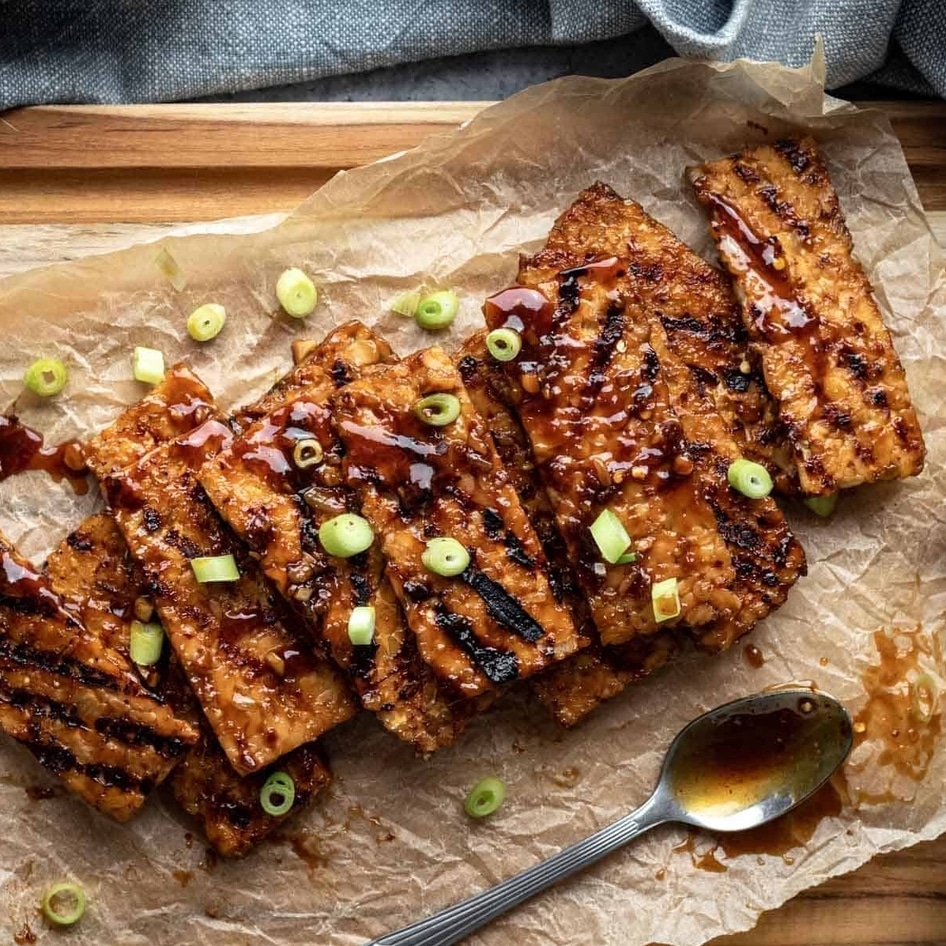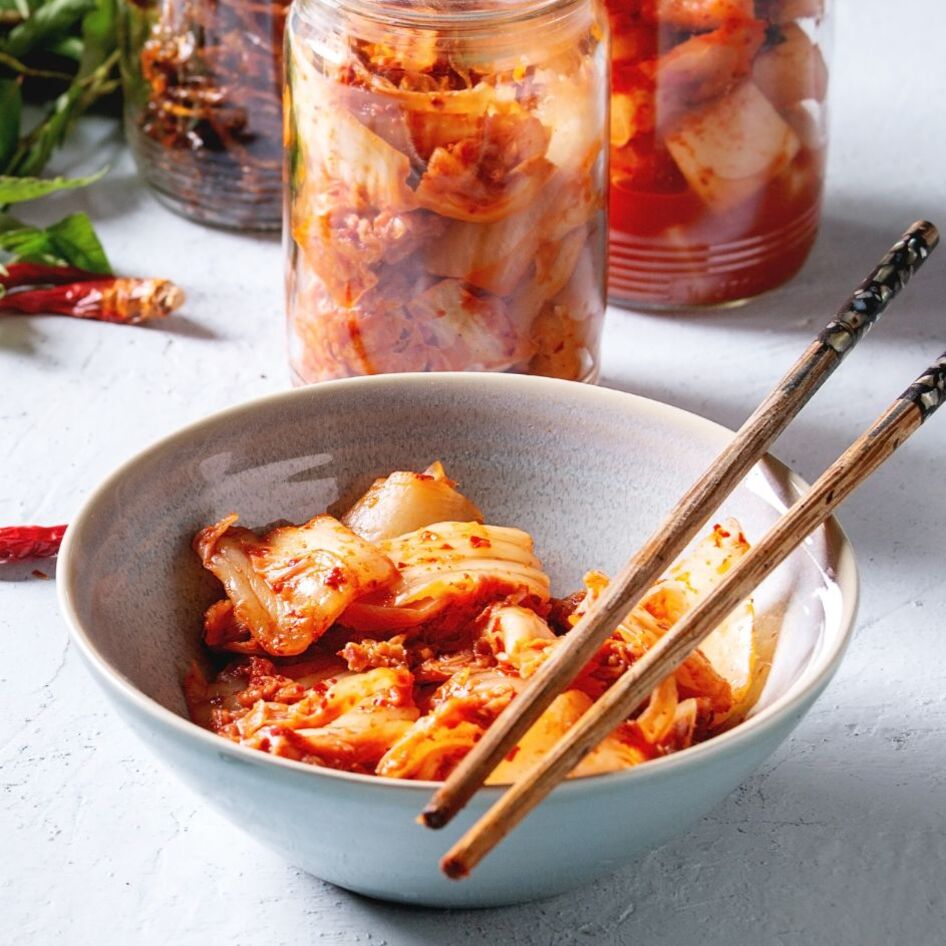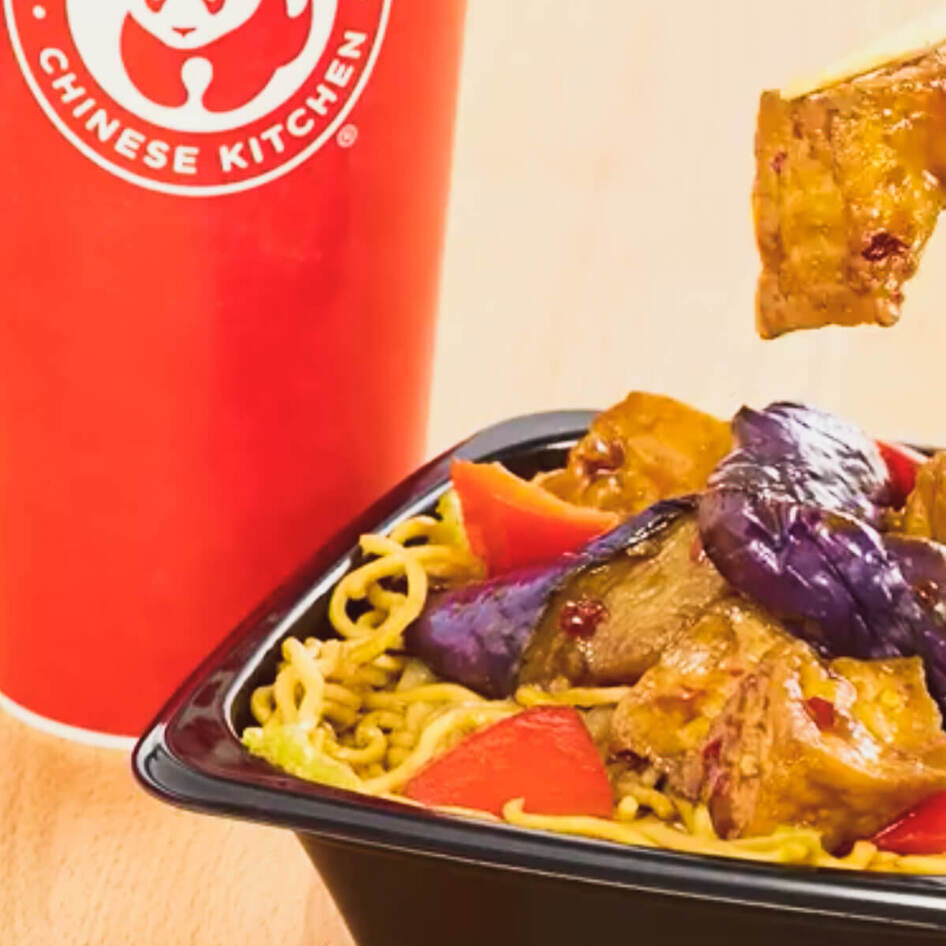Veganizing Korean Food, As Told By An American Expat
Veganizing (then devouring) traditional Korean food has never been easier.
December 1, 2017
As the land of samgyupsal (pork belly) and fried chicken shops, South Korea isn’t familiar with vegan food outside of strict Buddhist diets. But in Seoul, especially, veganism is gaining momentum, as vegan bakeries, lunch dives, and restaurants are opening for younger crowds with a taste for plant-based food. Many of these vegan gems cater to foreigners, with dishes such as falafel, quesadillas, and double “cheese” veggie burgers. And even with new cruelty-free options appearing seemingly every day, vegans might endure a few strange looks from older Korean restaurant owners who aren’t yet familiar with this cuisine. Luckily, many Korean eateries are happy to customize, but if you don’t live anywhere near Seoul or have access to delicious kimbap and banchan, veganized Korean food can be made in the comfort of your kitchen. Follow these five steps to enjoy a few of Korea’s most popular dishes … with a vegan twist.
1. Kimbap
Kimbap, or sometimes romanized as gimbap, is the perfect snack food. Although it looks like sushi, kimbap is different in a few ways. Unlike sushi, kimbap rice is seasoned with sesame oil and salt. Kimbap filling also includes a mass of vegetables such as carrots, pickled radishes, burdock roots, and perilla leaves. That said, yachae kimbap (aka, veggie kimbap) sometimes comes with the clearly non-vegan imitation crab, egg, Spam, and mayonnaise. For vegan kimbap, order “yachae kimbap” minus the four non-veg offenders. If you’re feeling courageous, try ordering it yourself in Korean: “Yachae kimbap han jul jusayo. Masal bae-go, kaylan bae-go, mayo-nay-suh bae-go, ham bae jusayo. Yachae man jusayo.” Or, if you’re shy, try making your own vegan kimbap at home.
2. Kimchi
The spicy fermented cabbage known as kimchi is served with nearly every traditional meal in Korea. In fact, many Koreans have a special fridge dedicated exclusively to kimchi. Often, kimchi’s pungent odor scares newbies, but don’t let it dissuade you because kimchi has a delightful crunch that cleanses the palate, and it’s teeming with vitamins and healthy bacteria that’s awesome for your digestion. Eat it as a side dish, or to add crunch and spice to anything from burritos to stir fry. Even if you don’t see anything fishy about your kimchi, it’s likely there’s at least some anchovy “essence” hiding in the cabbage. Ask your server if the kimchi is fermented with fish, or ask if there’s any mul kimchi (water kimchi) available instead. The only way to be totally sure whether your kimchi is vegan is to make your own at home, which is always a fun project!
3. Tteokbokki
A Korean street food perfect for hangovers, tteokbokki combines a gochujang (red chili paste) sauce with warm rice cakes. Tteokbokki is similar to an extra-spicy version of Spaghetti O’s … if Spaghetti O’s weren’t canned. Unfortunately, most tteokbokki found in Seoul and Korean restaurants have fish cakes and a sauce made with Korea’s famous tiny fish. Fortunately, it’s easier to make at home. Just follow a veganized tteokbokki recipe that calls for gochujang, rice cakes, sake, and a few other easy-to-find ingredients. If you can’t find gochujang at your local store, visit an Asian supermarket for the necessities.
4. Bibimbap
Bibimbap can be found nearly anywhere in Korea. Filling (and fun to say), bibimbap is a hearty Korean bowl of rice, local vegetables, sometimes tofu, and a spicy sauce. The non-vegan version contains meat crumbles and egg, so be sure to say “no thank you” to those ingredients when ordering out. For extra-crispy rice, order it in a stone bowl, or dolsot. When making vegan bibimbap at home, feel free to experiment by adding whatever vegetables are in your refrigerator to the mix.
5. Soondubu jjiggae
Korean soft tofu stew, or soondubu jjiggae, is the perfect antidote for a cold winter. The dish always features a spicy red-pepper sauce and soft tofu, but the other vegan (and non-veg) ingredients vary per restaurant and season. Ordering this dish is risky because the sauce often contains seafood and other small pieces of meat. For a cruelty-free version, cook your own soondubu jiggae, and add as many vegetables as your 하트 (ha-teu, aka “heart”) desires.
Paige Kenzie is an American living in Seoul, where she teaches English and writes about veganism, Christmas, and pretending to be a grown-up.
JUMP TO ... Latest News | Recipes | Guides | Health | Subscribe
Photo courtesy of Cilantro and Citronella







